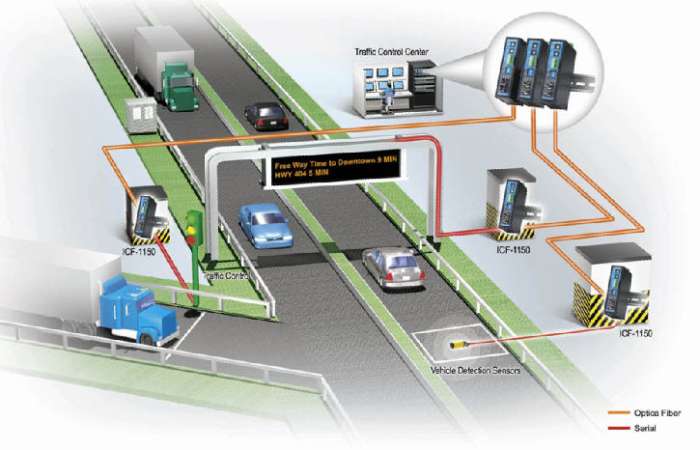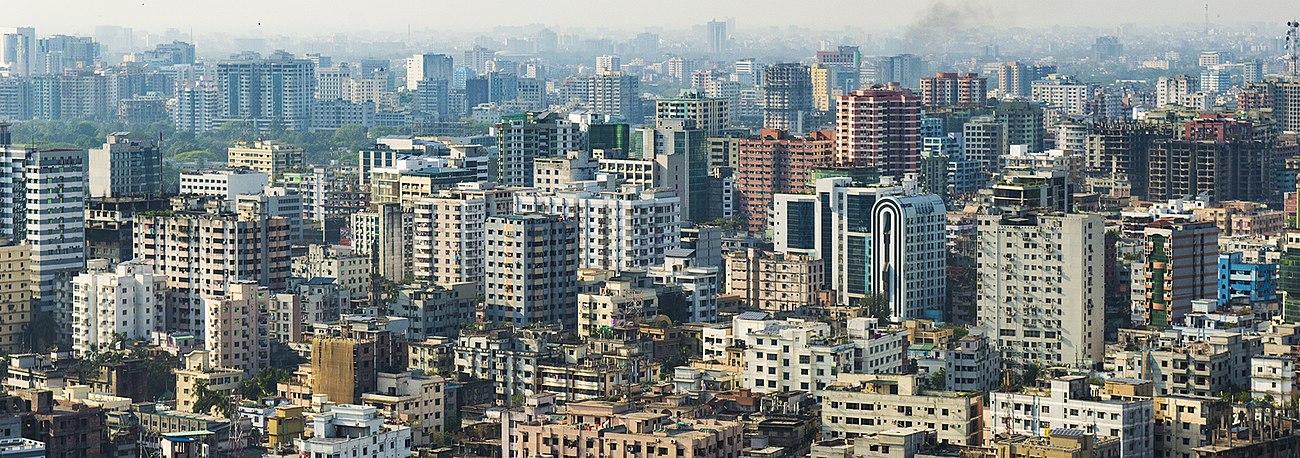One problem megacities tend to have is traffic congestion and transportation challenges.
Megacities, with their large populations and dense urban areas, often struggle to manage the sheer number of vehicles on the road, leading to:
- Traffic jams: Long commutes, frequent congestion, and slow travel times can negatively impact productivity, air quality, and overall quality of life.
- Infrastructure overload: Roads, highways, and public transportation systems may become overwhelmed, leading to maintenance and upgrade challenges.
- Parking and storage issues: Limited parking spaces, inadequate public transportation, and a lack of storage facilities can exacerbate traffic congestion and urban planning challenges.
- Environmental concerns: The high volume of vehicles on the road contributes to air pollution, noise pollution, and greenhouse gas emissions, negatively impacting the environment and public health.
- Social and economic impacts: Traffic congestion can lead to increased stress levels, reduced economic productivity, and decreased access to employment, education, and healthcare opportunities.
To address these challenges, megacities are exploring innovative solutions, such as:

- Smart traffic management systems: Implementing intelligent transportation systems (ITS) that use real-time data, sensors, and AI to optimize traffic flow and reduce congestion.
- Sustainable transportation options: Promoting the use of electric or hybrid vehicles, improving public transportation, and investing in non-motorized transportation infrastructure, such as bike lanes and pedestrianized areas.
- Urban planning and design: Designing cities with pedestrian-friendly and bike-friendly infrastructure, mixed-use development, and green spaces to reduce the need for personal vehicles.
- Mobility-as-a-Service (MaaS): Encouraging the use of shared transportation services, such as car-sharing, ride-hailing, and bike-sharing, to reduce the number of privately owned vehicles on the road.
By addressing traffic congestion and transportation challenges, megacities can improve the quality of life for their residents, reduce environmental impacts, and enhance economic competitiveness.
What are some examples of cities that have successfully implemented smart traffic management systems?
Here are some examples of cities that have successfully implemented smart traffic management systems:
- Singapore: Singapore’s “Smart Nation” initiative has implemented a comprehensive traffic management system, which includes:
- Real-time traffic monitoring and prediction using sensors and cameras.
- Intelligent traffic signal control, which adjusts signal timings to optimize traffic flow.
- A mobile app that provides real-time traffic information and alternative route suggestions.
- Congestion pricing, which charges drivers a fee to enter certain areas of the city during peak hours.
- London: London’s “Smart Traffic” system uses:
- Real-time traffic monitoring and prediction using sensors and cameras.
- Intelligent traffic signal control, which adjusts signal timings to optimize traffic flow.
- A traffic management center that monitors and responds to traffic incidents.
- A mobile app that provides real-time traffic information and alternative route suggestions.
- Stockholm: Stockholm’s “Smart Traffic” system includes:
- A congestion tax charges drivers a fee to enter certain areas of the city during peak hours.
- Real-time traffic monitoring and prediction using sensors and cameras.
- Intelligent traffic signal control, which adjusts signal timings to optimize traffic flow.
- A mobile app that provides real-time traffic information and alternative route suggestions.
- San Francisco: San Francisco’s “SFgo” system uses:
- Real-time traffic monitoring and prediction using sensors and cameras.
- Intelligent traffic signal control, which adjusts signal timings to optimize traffic flow.
- A mobile app that provides real-time traffic information and alternative route suggestions.
- A traffic management center that monitors and responds to traffic incidents.
- Dubai: Dubai’s “Smart Traffic” system includes:
- Real-time traffic monitoring and prediction using sensors and cameras.
- Intelligent traffic signal control, which adjusts signal timings to optimize traffic flow.
- A mobile app that provides real-time traffic information and alternative route suggestions.
- A traffic management center that monitors and responds to traffic incidents.
- Barcelona: Barcelona’s “Smart Traffic” system uses:
- Real-time traffic monitoring and prediction using sensors and cameras.
- Intelligent traffic signal control, which adjusts signal timings to optimize traffic flow.
- A mobile app that provides real-time traffic information and alternative route suggestions.
- A traffic management center that monitors and responds to traffic incidents.
- Copenhagen: Copenhagen’s “Smart Traffic” system includes:
- Real-time traffic monitoring and prediction using sensors and cameras.
- Intelligent traffic signal control, which adjusts signal timings to optimize traffic flow.
- A mobile app that provides real-time traffic information and alternative route suggestions.
- A traffic management center that monitors and responds to traffic incidents.
These cities have demonstrated significant improvements in traffic congestion, reduced travel times, and enhanced overall traffic management efficiency.

